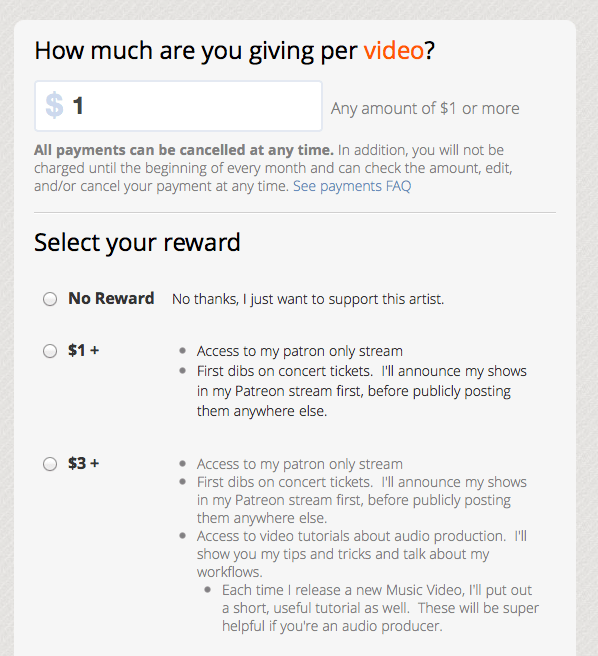The reason why some think that discovery is the future is many feel that's the best way to grow the industry. Instead of listeners recycling their listening with more or less the same songs from years past as well as a smattering of songs from today that are high on the charts, any way that exposes a listener to something new means that there's a new potential sale, either from buying music, merch or concert tickets.
While that certainly seems plausible, one has to wonder just how much better the current discovery algorithms can get, and if an improvement is really all that necessary. In an interesting article on Hypebot last week, a number of industry vets were asked their views on the subject, and they had some interesting insights.
In the article Jay Frank, the author of Future Hit. DNA (a great resource for anyone in the music business) postulates that music discovery is overrated, since it appeals to only a limited segment of listeners, the ones actively looking for something new, to begin with. That, of course, limits the widespread usefulness of such an algorithm considerably.
Where once upon a time you were exposed to new music on the radio whether you wanted to be or not, today we have too many choices for that to happen as much (even though radio is still the largest form of music discovery, with YouTube far behind). In fact, so much of music discovery still comes from word-of-mouth. If all of your friends rave about the new Daft Punk album, of course you're going to check it out. If you hear mixed reviews, you're less likely to take a listen unless you're overwhelmed by the media exposure (think the last Justin Timberlake album). With a discovery algorithm, you might be exposed to something new, but will that single listen to a single song be enough?
While an improved music discovery algorithm might still be the holy grail for some, it doesn't seem likely that it will change the music business as much as some hope it will.
----------------------------------
Help support this blog. Any purchases made through our Amazon links help support this website with no cost to you.
Interested in the Music 3.0 archives? Buy The Music 3.0 Guide To Social Media for the best of over 800 posts.
You should follow me on Twitter for daily news and updates on production and the music business.
You should follow me on Twitter for daily news and updates on production and the music business.
Check out my Big Picture blog for discussion on common music, engineering and production tips and tricks.










